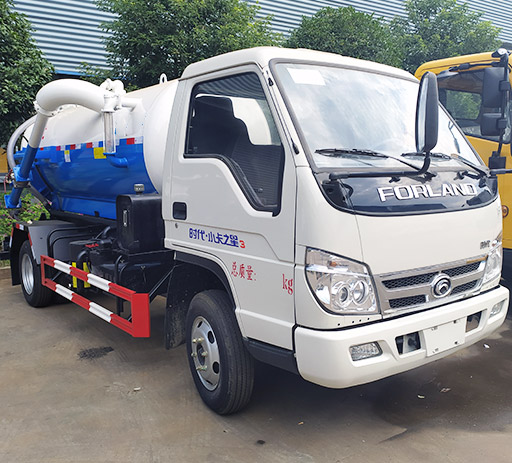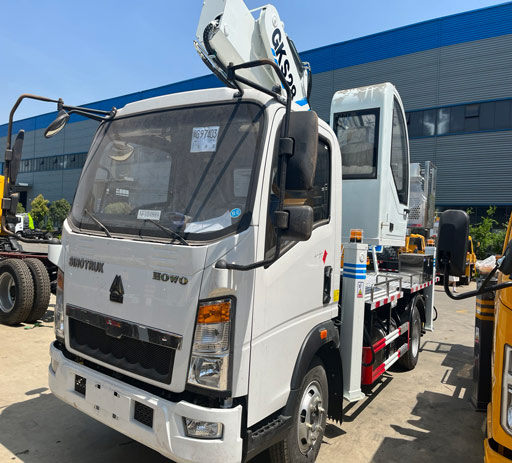2004 Sterling LT9500: A Comprehensive Guide
Introduction
The 2004 Sterling LT9500 is a medium-duty truck known for its robust performance and versatility in the trucking industry. Designed for various applications ranging from construction to freight transport, the LT9500 is equipped with powerful engines, spacious cabins, and durable chassis. This article delves deep into the specifications, features, maintenance tips, usage examples, and more related to the 2004 Sterling LT9500. Whether you’re an owner, a potential buyer, or someone interested in heavy-duty trucks, this guide aims to provide the answers you’re looking for.
Overview of the 2004 Sterling LT9500
The Sterling LT9500 has carved a niche for itself in the medium-duty truck segment, celebrated for its reliability and functionality. Available in various configurations, it appeals to businesses across different sectors. Below, we explore its vital specifications and capabilities.
Key Specifications
| Specification | Details |
|---|---|
| Model | LT9500 |
| Engine Options | CAT C7, Cummins ISB |
| Horsepower | 210 – 350 hp |
| Torque | 520 – 800 lb-ft |
| Transmission | Allison 1000, Eaton |
| GVWR | 26,001 lbs – 33,000 lbs |
| Fuel Tank Capacity | 50 – 100 gallons |
Exterior Features
The exterior of the 2004 Sterling LT9500 showcases a sturdy build, highlighted by a distinct grille and durable body panels. The truck’s design not only enhances its visual appeal but also contributes to its aerodynamic efficiency, improving fuel economy.

Interior Features
Inside the cabin, the LT9500 provides a comfortable environment for long hauls. With an ergonomic layout, adjustable seats, and modern instrumentation, drivers can enjoy ease of use, making long drives less taxing.
Engine Options of the 2004 Sterling LT9500
The 2004 Sterling LT9500 offers a choice between several engine options that provide varying levels of performance, catering to a broad spectrum of operational needs.
Caterpillar C7 Engine
The CAT C7 engine is renowned for its reliability and power, delivering a horsepower range of 210 to 300. Its solid torque figures allow for effective hauling, making it suitable for heavy loads.

Cummins ISB Engine
The Cummins ISB engine is another popular option, providing enhanced efficiency and power. This robust engine option produces between 240 and 350 horsepower, making it ideal for demanding applications such as construction.
Transmission Options
Transmission plays a crucial role in handling and efficiency. The 2004 Sterling LT9500 provides multiple transmission options to suit drivers’ needs.
Allison Automatic Transmission
The Allison 1000 automatic transmission is known for its smooth shifts and ease of operation, allowing drivers to maintain focus on the road without frequent gear changes.
Eaton Manual Transmission
For those who prefer a manual driving experience, the Eaton transmission offers control and responsiveness that many drivers appreciate, especially in rugged terrains.
Maintenance Tips for the 2004 Sterling LT9500
Like any heavy-duty vehicle, regular maintenance is essential to ensure the longevity and efficiency of the 2004 Sterling LT9500. Here are some practical tips:
Regular Oil Changes
Changing the engine oil at regular intervals is crucial for optimum engine performance. Follow the manufacturer’s recommendations on oil change frequency and type.
Brake Inspection
Frequent inspections of the brake system will help in timely identification of wear and tear, ensuring that the brakes remain efficient and safe.
Tire Maintenance
Routine tire pressure checks and rotations can significantly enhance tire life and improve fuel efficiency. Keeping tires properly inflated also boosts safety.
Fluid Levels
Always check fluid levels, including coolant, transmission fluid, and brake fluid. Maintaining appropriate levels will prevent system failures and enhance overall vehicle performance.
Common Uses of the 2004 Sterling LT9500
The versatility of the 2004 Sterling LT9500 makes it suitable for various applications. Here are some common uses:
Construction and Heavy Haulage
Many construction businesses utilize the LT9500 for transporting building materials due to its robust hauling capacity and durability in rough environments.
Long-Distance Freight Transport
The spacious cabin and powerful engine options make the LT9500 an excellent choice for long-haul freight transport, providing comfort and reliability over long distances.
Waste Management
The LT9500’s design and capabilities lend themselves well to waste management applications, with many companies employing it for refuse collection due to its reliability.
Performance and Fuel Efficiency
Performance metrics are essential for any truck owner, and the 2004 Sterling LT9500 doesn’t disappoint in terms of fuel efficiency and operational performance.
Fuel Efficiency Metrics

The LT9500 typically achieves a fuel efficiency of 6-10 miles per gallon (mpg), depending on load and driving conditions. Regular maintenance plays a pivotal role in achieving optimal fuel efficiency.
Driver Experience and Performance
Drivers often praise the LT9500 for its balance of power and comfort. A well-maintained LT9500 can pull significant weight without sacrificing performance, making it a favorite among operators.
Pros and Cons of the 2004 Sterling LT9500
As with any vehicle, the 2004 Sterling LT9500 has its strengths and weaknesses. Understanding these can help potential buyers make informed decisions.
Pros
- Robust build quality
- Multiple powerful engine options
- Comfortable and spacious cabin
- Good resale value
- Versatile applications
Cons
- Can be challenging to find parts due to the manufacturer’s market position
- Fuel efficiency may vary based on maintenance
- Some users report noise levels being higher than competitors
Comparison to Other Trucks in the Same Category
To provide further insights into the 2004 Sterling LT9500, let’s compare it to similar medium-duty trucks.
2004 Freightliner M2
Both models serve similar market segments; however, the Freightliner M2 is often praised for its advanced safety features and slightly better fuel efficiency.
2004 International 7400
This truck offers comparable power and payload capabilities, with some distinguishing features focused on driver comfort and technology integration.
Frequently Asked Questions (FAQs)
1. What is the average lifespan of a 2004 Sterling LT9500?
The average lifespan can vary greatly based on usage and maintenance but is generally expected to be around 15-20 years with proper care.
2. Are parts for the 2004 Sterling LT9500 easily available?
While some parts may be challenging to find due to the brand’s niche in the market, many common components are still available through various suppliers.
3. What is the towing capacity of the 2004 Sterling LT9500?
The towing capacity can vary by configuration but generally ranges from 12,000 to 20,000 pounds, depending on the engine and transmission options.
4. How does the 2004 Sterling LT9500 perform in adverse weather conditions?
With the right tire choices and maintenance, the LT9500 handles well in various weather conditions, though drivers should always exercise caution in extreme situations.
5. Can I use the LT9500 for personal use or is it strictly a commercial vehicle?
While primarily designed for commercial applications, many individuals choose to use the LT9500 for personal hauling or as a recreational vehicle with modifications.
6. What are common issues with the 2004 Sterling LT9500?
Some common issues reported include electrical problems and transmission issues, often stemming from inadequate maintenance. Regular service can minimize such risks.
